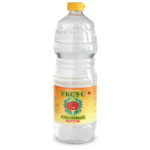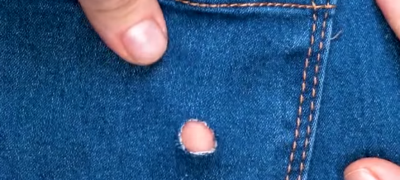How and how to properly wash superglue
No one would argue that superglue is humanity's super achievement. Now there is always an answer to the question: how to glue? In this case, the composition of the surfaces to be glued does not matter. But there is also a downside to the coin: if glue accidentally gets on some surface, it is extremely difficult to wipe it off.

What is superglue
The active substance that "works" in superglue is called cyanoacrylate. The principle of operation of the glue is as follows: the composition penetrates into the pores and cracks of the surfaces and fills them tightly, and also actively interacts with the moisture contained in the air and tightly bonds the surfaces. Therefore, attempts to remove the glue with plain water are counterproductive.

Cyanoacrylate is resistant not only to water, but also to all kinds of solvents. The connection is so strong that it is not afraid of mechanical influences and temperature changes. Therefore, it is necessary to clean the surface of glue as early as possible, without allowing complete drying.
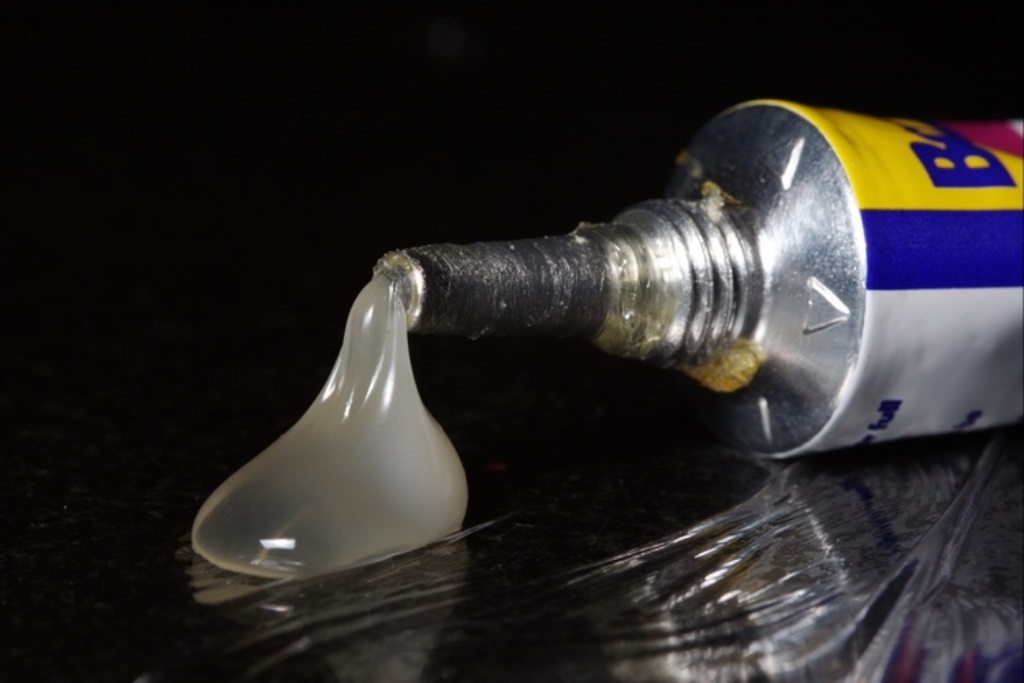
How to remove
We note right away that there are four main groups of methods that are effective against superglue. But the best effect is guaranteed to you if you approach the solution of the problem in a comprehensive manner.
Mechanical methods
Scraping, rubbing, churning, grinding. The main disadvantage of these methods is that there is a possibility of damage to the base. If you try to remove the glue from your hands in this way, you can damage the skin. Therefore, it is important to act carefully and not overdo it.
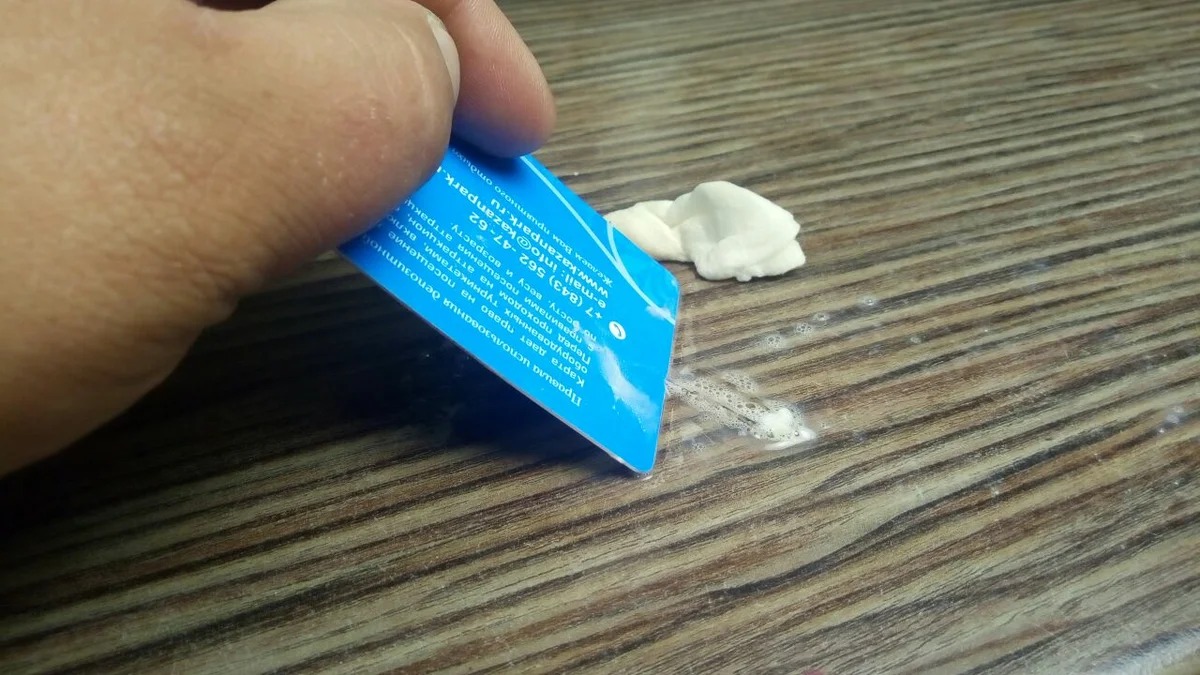
Thermal impact
Although cyanoacrylate is believed to withstand temperature extremes, systematic exposure to frost or heat can destroy its structure. To remove the glue, use an iron, hair dryer or freezer. Most often, heat treatment is used to remove glue stains from fabrics.

Professional processing
To date, a specially developed tool with the "talking" name "Anticlea" is available. It is actually very effective, but there is one caveat: "Anticlee" cannot be applied to varnished and painted surfaces, as well as to some types of plastic.

In addition, the composition of the product is highly toxic, therefore it is not recommended for processing children's clothes. During cleansing, you should be especially careful not to get the substance in your eyes or on the skin of your hands. The drug has detailed instructions, and before starting work, be sure to read it carefully.

You can also clean the glue using such products as White Spirit, Dimexide, gasoline and alcohol. Each of the above agents degrades cyanoacrylate. But it is important to remember that the composition of each substance is quite aggressive and can spoil the surface. Any solvent has a strong odor, so you need to work in the fresh air or in a well-ventilated area.

Folk remedies
If something needs to be urgently wiped off the superglue, and there were no special means at hand, folk remedies will come to the rescue, as always. This list is the most impressive:
- Oil in all its variety. You can use vegetable, melted butter, and even motorized. The principle of operation is simple: the oil softens the film at the edges and it is easier to pick up and remove the "piece" of glue. This method is suitable for non-absorbent surfaces.
- Vaseline and baby cream. The principle of operation is the same as for oil.
- Hot soapy foam. Cyanoacrylate loses its properties on contact with hot liquid, and soap enhances this effect. This procedure is especially effective for fresh dirt. True, you have to be patient.
- Vinegar. It is used for fine fabrics. The advantage is that after removing the stains, there are no consequences.
- Lemon juice is effective but not universal. In particular, it cannot be used on leather surfaces or products and leatherette.
- Salt and soda can be found in the arsenal of any housewife. To create your own "stain remover", salt or soda is mixed with water in such a proportion to make a thick slurry. Then the composition is applied to the skin (or other smooth base), rubbed lightly, left for a while and then removed.
- Hydrogen peroxide is actively used to remove glue from metal or leather products.
Adhesive removal rules
During the bonding process, droplets can fall not only on the surfaces to be bonded, but also on clothes, a table or the floor. And in each case, its own method of removing glue spots is applied. But there are also a number of general recommendations:
- Cleanse outdoors or indoors with good ventilation;
- It is better if there are no children and pets in the room at the time of processing, so that they do not breathe toxic fumes;
- In the process, use protective equipment: masks, gloves;
- Do not use aggressive substances to remove glue from surfaces in contact with food (refrigerator, dishes, cutlery);
- Before applying the cleaning agent to the entire surface of the stain, test it on an inconspicuous area to make sure the item will not be damaged.
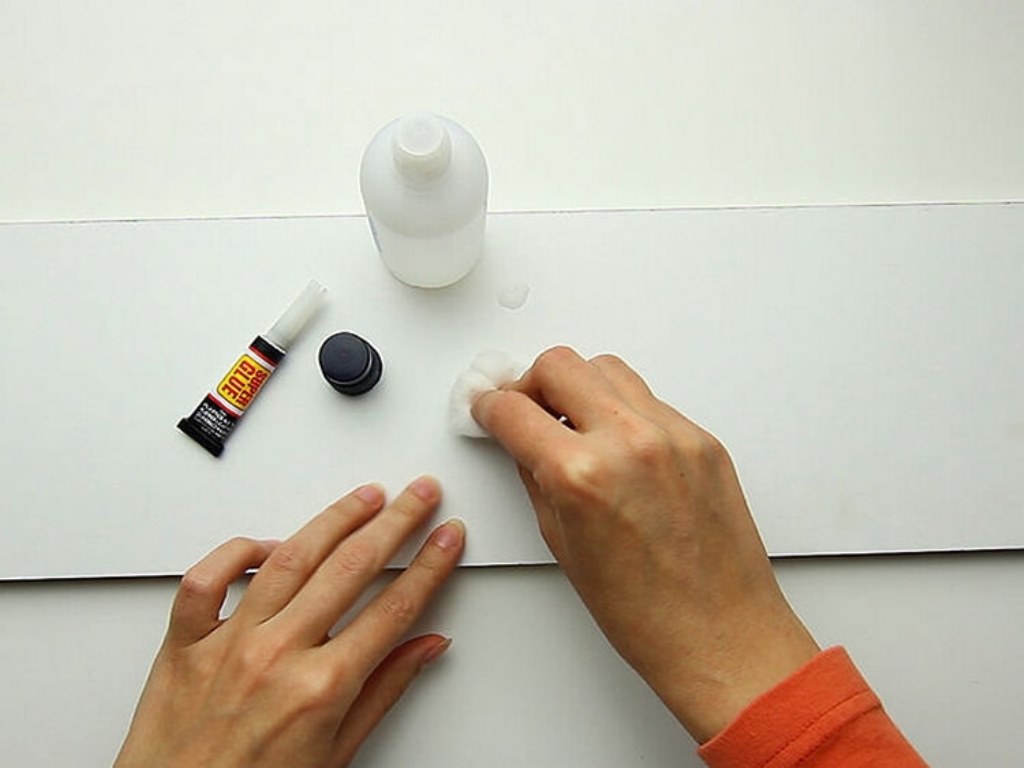
From hands
This problem is the most common. One awkward movement - and, behold, a sticky mark flaunts on the hands. And in some cases, something is also glued to it. But the most unpleasant thing is when fingers stick together.

Here are five of the most powerful ways to solve a problem. And an important point: before proceeding with any of them, hold your hands in hot, soapy water for at least 5 minutes. And then you can proceed to the main "procedures":
- A mixture of soda (or salt) with water. The gruel should have the consistency of thick sour cream. It is applied to the stained area and rubbed for a minute. Periodically wetting the contaminated area with water. The operation is carried out until complete cleansing.
- If there is a thick layer of glue on your hands, use a nail file, pumice stone, or fine sandpaper. Be careful not to damage your skin!
- Oil or greasy cream. The product is applied in a thick layer and left for a while so that it has time to be absorbed.The adhesive film becomes loose and easily peels off the skin.
- Nail polish remover is one of the most gentle chemicals, so it can be used to remove glue from skin without any fear. A tampon is moistened with a liquid, applied to the stain for several minutes, then rubbed vigorously. At the end of the procedure, hands are washed with soap.
- Alcohol. The soiled hand is placed in a container with alcohol and the glue simply comes off.
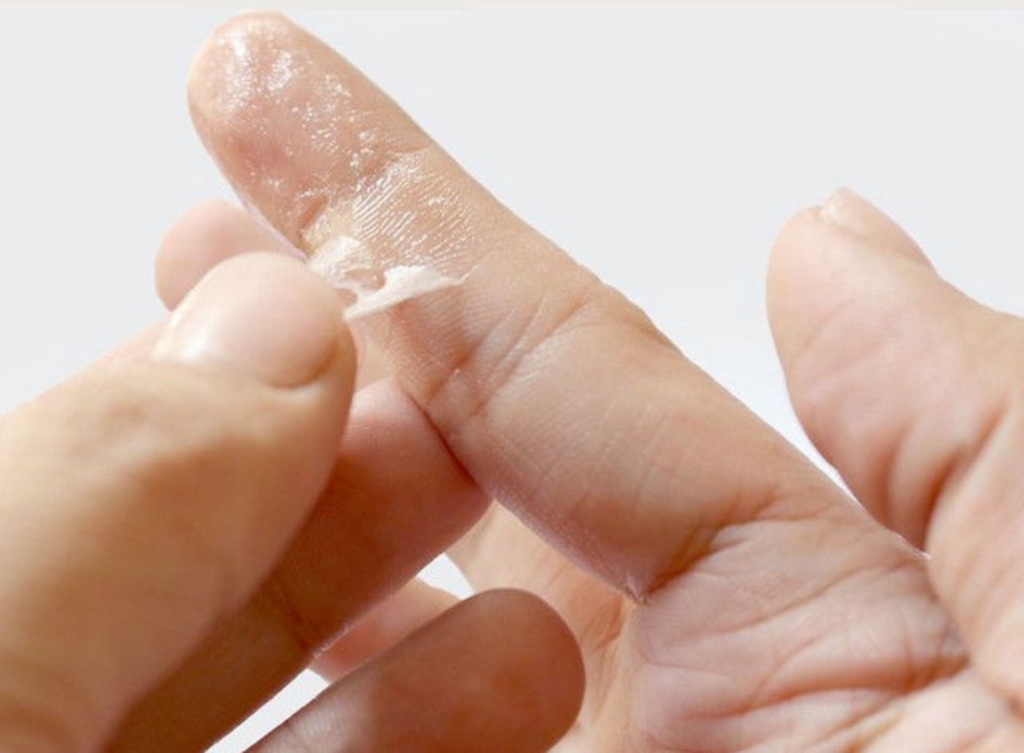
After any of these procedures, you need to lubricate the cleansed area with a nourishing cream so that the skin regenerates faster and there is no irritation.
With tiles and glass
It is easier to clean the adhesive from such surfaces because they are smooth and the adhesion is not as strong. In addition, the surfaces are durable enough to handle almost any product. Cover the stain with a cloth soaked in the solution for 20 minutes, then carefully pick up and remove the film.
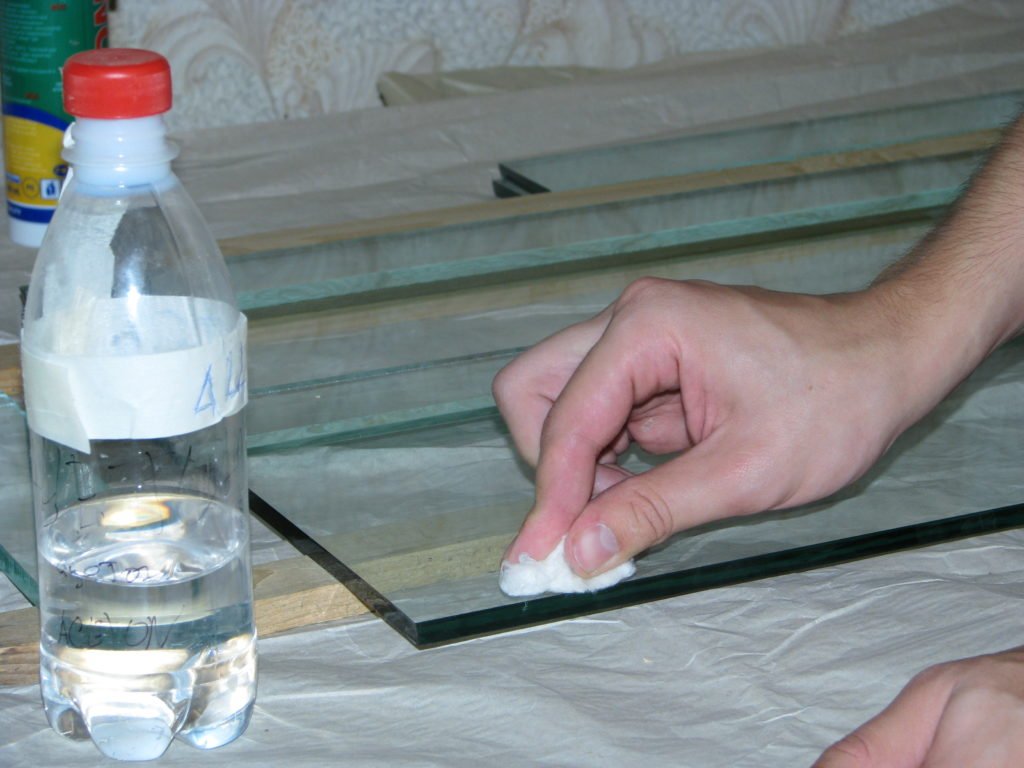
The main thing is not to beat off the glue from such surfaces, there is a risk of breaking the base. In some cases, it is appropriate to remove the hardened glue with a knife or razor, but in this case, care must be taken so that no scratches remain.
If glue accidentally gets on the screen of your phone or tablet, it can be easily removed with Dimexidum. Wipe the screen with a cotton pad dipped in this composition until the stain disappears. And then wipe the surface with a damp cloth.
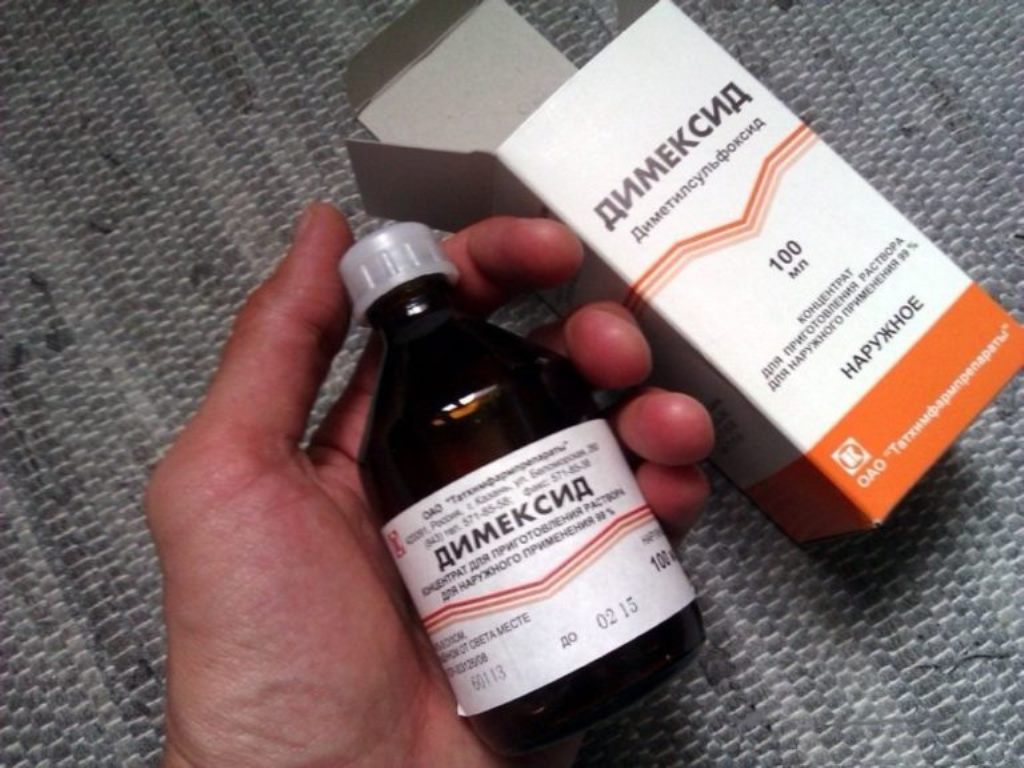
From metal
Most often they use a solvent, a means for removing false eyelashes, as well as "Dimexide" and hydrogen peroxide. The sponge is moistened in the composition and the metal surface is rubbed until the spot disappears completely.
Some people use a metal washcloth, but you should only use it if the surface is scratch-resistant.
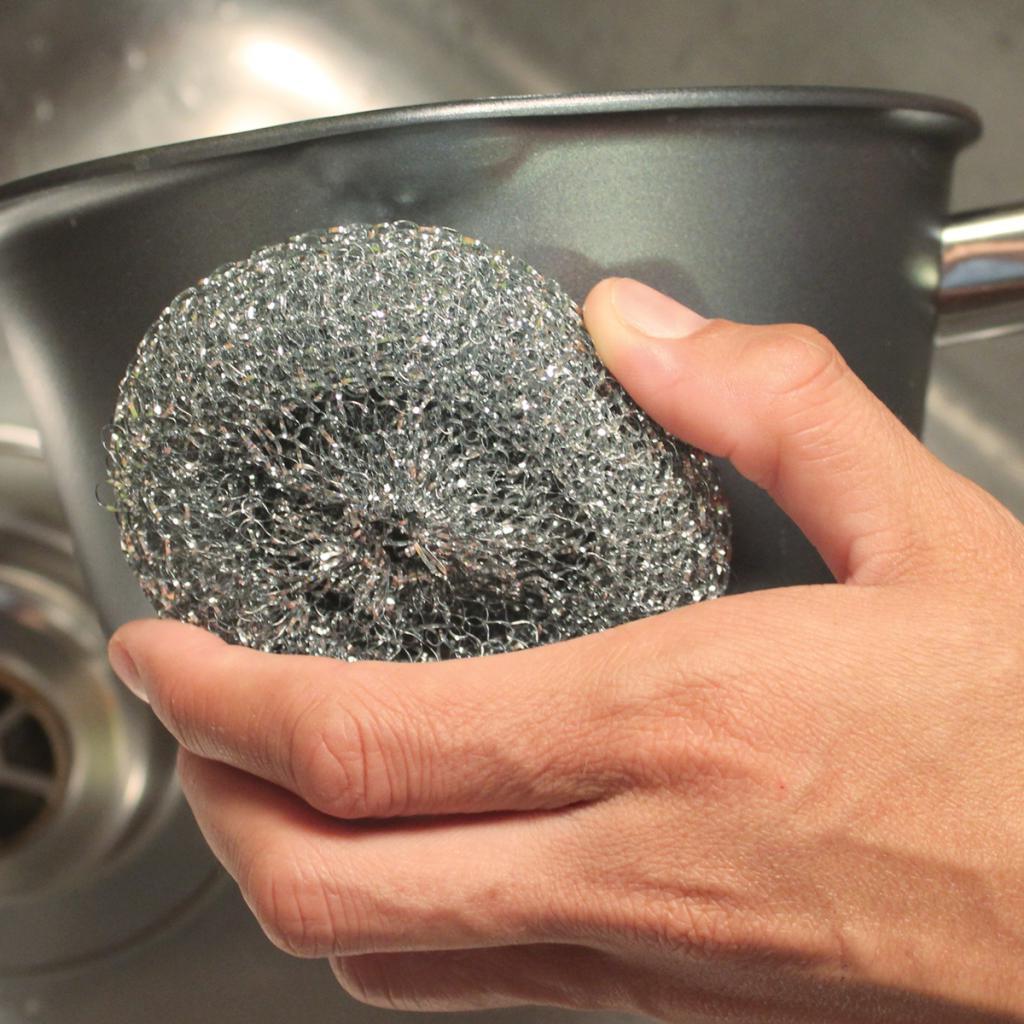
If you need to remove the remnants of glue from the car body, then the above methods are unlikely to work, since the paintwork is very sensitive to both solvents and mechanical stress. Therefore, it is better to purchase a special tool "Antikley".
Plastic and silicone
To remove the glue from the phone cover or plastic case, use "Dimexide", "Antikley", nail polish remover without acetone. Soak a cotton pad with a product and wipe the surface until the glue disappears completely.

You can also use vegetable oil. Rub the soiled area with oil and leave for a couple of hours. The stain gradually softens and, due to the plastic bending easily, the glue can be easily peeled off. Then the plastic is washed well.
Wood surface
First of all, it is important to remember that wooden surfaces are very different: varnished, untreated wood, well, and the "distant relative" of natural wood - chipboard.

- Lacquered. Dimexide, vinegar and solvents will destroy the painted surface, so forget about them. Mechanical manipulation will also damage the coating. Only the vegetable oil remains. It is applied to the stain and left for several hours, and then removed with a plastic spatula.
- With untreated wood, the opposite is true, it cannot be treated with oily compounds, as a stain will remain. Therefore, the best option is sanding with a special tool or sandpaper.
- Chipboard and plywood are treated with Dimexidum, vinegar or lemon.The product is applied to the contaminated area and left for a few minutes, then remove the remaining glue with a plastic spatula. Repeat the procedure if necessary.
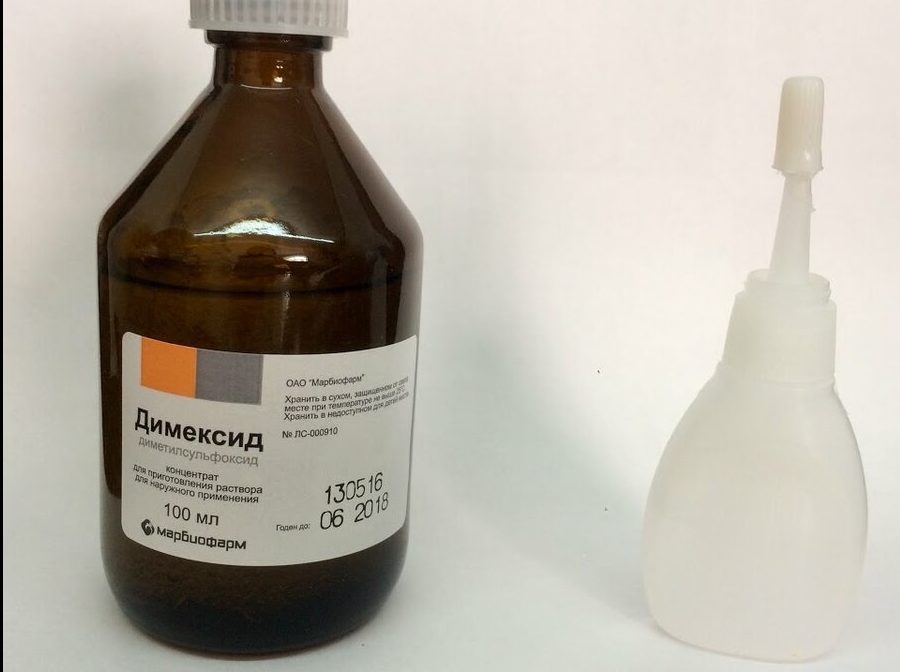
Flooring
Since the floor is different, different glue removers are used. So, linoleum can easily withstand any impact, you can use Dimexidum, nail polish remover, and vinegar. Laminate is more demanding, so it is better to use "Dimexid" for it. Well, in order to clean the parquet from the glue, use "Antikley" or "Dimexid".

After you've removed the glue, be sure to scrub the floor and wipe it dry.
Leather and suede
These surfaces can be safely called delicate, which means that you should not rush to wipe off the glue with everything that comes to hand. The most suitable option for the skin is "Antikley". The agent is applied to the stain, wait for the time indicated in the instructions and carefully separate the exfoliated adhesive. After that, the surface is wiped with soapy water.

Suede is even more capricious. To get rid of the stain, you will have to carry out a set of measures.
- Wet the stain with water and hold over hot steam to soften the stain.
- Take a clean (!) Sponge, moisten it in solvent, gasoline or acetone and apply the composition to the stain.
- After the stain disappears, apply a special impregnation to the product, and lift the nap with a brush.
Important! Do not process leather items with an iron or hairdryer, you risk ruining them hopelessly.
Textile
Clothing stained with glue is the most common problem. However, by following simple rules, you can keep your favorite things.

- Natural fiber fabrics can be cleaned with acetone. The composition is applied to a cotton pad and the disc is moistened with a dirty area.
- Thin fabrics are best treated with vinegar. One tablespoon of vinegar per glass of water. Wipe the stain with a cotton pad until it disappears completely.
- If the fabric is resistant to heat treatment, try ironing the stain with an iron. To do this, gauze (or other thin fabric) is applied from the front side to the contaminated area and ironed from the front side. Gradually, the pieces of glue will fall off, they need to be shaken off and the procedure carried out until the stain completely disappears.
- Sometimes the usual mechanical action helps, try to "beat off" the stain.
- In some cases, simple soaking may also be effective. The item is placed in a warm soapy solution, and the contaminated area is wiped off with a brush.

So, if you stain your favorite thing or clothes with superglue, this still does not mean that it will no longer serve you. There are enough answers to the question of how to scrub superglue. You can use either improvised means, or purchase special formulations in the store.
Video: life hack how to easily wash super glue


